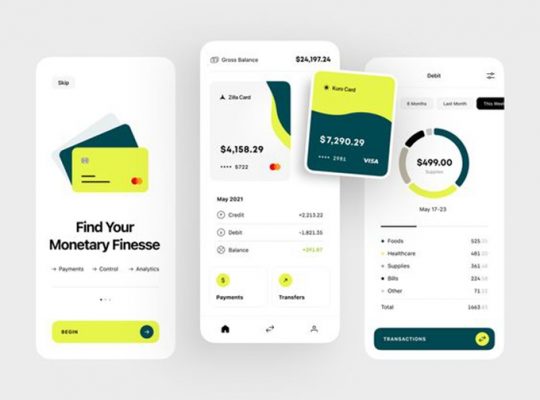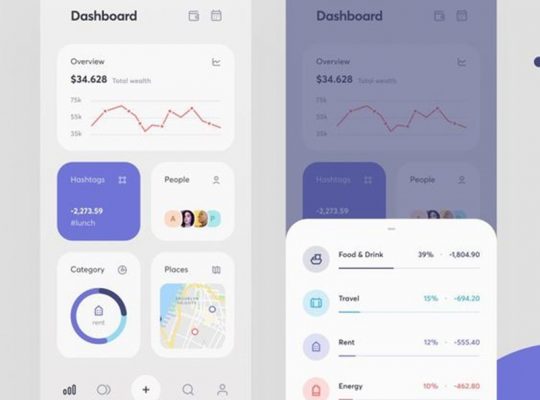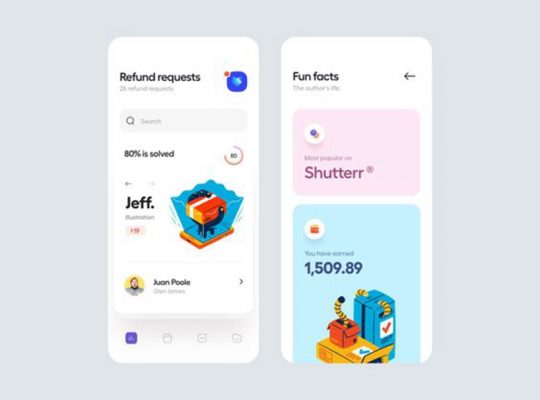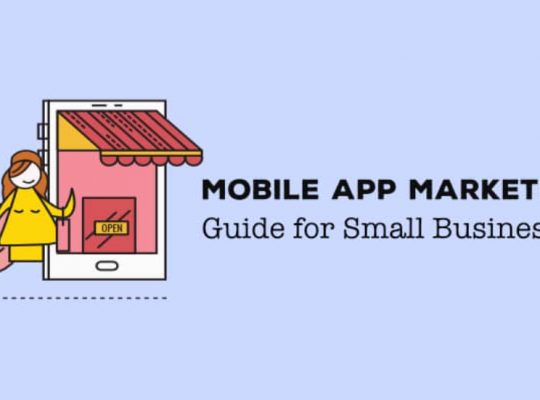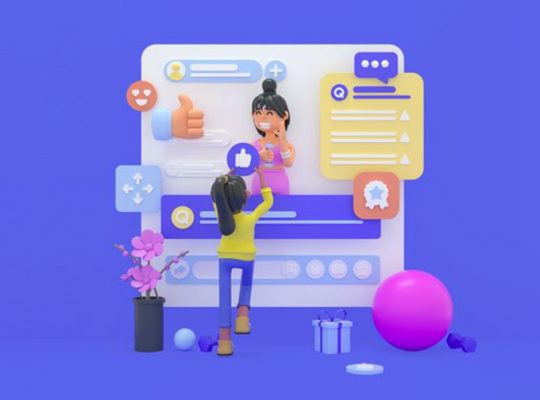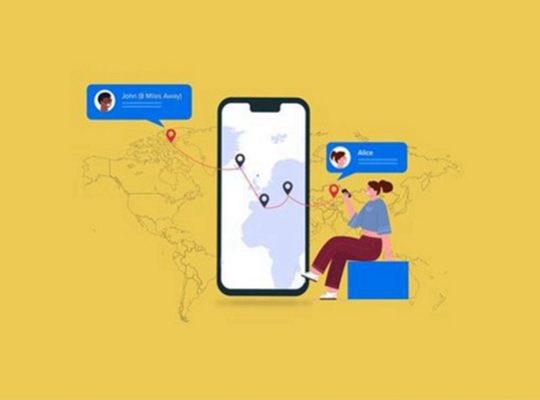Business intelligence (BI) is a tool that is used to help businesses gain deeper insights into their company and their customers in order to make more data-driven decisions. According to Tableau, Business Intelligence originally surfaced in the 1960s as a system of sharing information across organisations, and then was further developed in the 1980s for the purpose of improved decision-making. Of course, BI back then was a lot different to what it is now.
Table of Contents
- Business Intelligence
- keyword installs android
- cheap android app installs
- buy ios ratings
Fast forward to our modern decade. Here, we have an immeasurable wealth of information that exists at the end of our fingertips. Modern BI, whilst encompassing the uses of both the 60s and the 80s, is entirely data-driven and adds its own contemporary purpose, functions and abilities, which we will discuss further in this blog.
Business Intelligence Definition
Business intelligence is a technology-driven process that leverages information from software to transform and deliver the data into actionable insights. These insights are used to inform and guide a company’s strategic business decisions.
As well as referring to the process of business intelligence, i.e. a method of gathering and analysing data for the purpose of attaining insight, the term business intelligence also applies to the tools that make it possible (and easy) for organisations to share and communicate these insights to the wider company or stakeholders.
These business intelligence tools refer to presenting analytical findings through reports, summaries, dashboards, graphs, charts, maps, and more. Before using BI, companies had to conduct manual analysis. The business intelligence tools available today automate, organise and communicate the once-manual processes in an easily digestible way.
You now know that business intelligence is a process for analysing current and historical data to improve strategic decision-making, and I’m sure you will agree that, so far, it seems like a highly useful appendage for organisations globally. But before we get into the key question of why we need business intelligence, let’s take a look at how BI works in real-time.
How BI works: 4 Stages
Microsoft lists four key steps that BI takes to transform raw data into coherent pieces of information that can be used across all departments in an organisation:
1) Collect and transform data from multiple sources: most BI tools use the ETL – extract, transform, and load – method to aggregate data (both structured and unstructured) from multiple sources. The data is collected, transformed and loaded into a central repository so that it can be analysed and queried as a single, comprehensive data set.
2) Uncover trends and inconsistencies: this is done through data mining, often referred to as ‘data discovery’, which is the automated process of digging through data and analysing it to discover patterns and outliers which provide insight. BI often includes several types of data modelling, and analytics such as descriptive, exploratory, predictive, and more, to further explore data, predict trends and make recommendations,
3) Use data visualisation to present findings: to make findings from your data easier to share and communicate, business intelligence uses data visualisations. The visual reporting methods of BI include interactive data dashboards, charts, graphs and maps, often updated in real-time, that enable users to understand and share what’s going on in the company, at that time, in terms of marketing or sales output, campaign performance, customer data, and so on.
4) Take action on insights in real-time: by having the ability to aggregate and analyse current and historical data in one place, businesses can take action much quicker than would have been possible in the past. BI enables individuals, teams and organisations to make real-time adjustments and meticulously sculpt long-term strategic moves and campaigns that eliminate inefficiencies, adapt to market changes, and solve customer issues.
There are many reasons why organisations implement BI as a core business value. Let’s explore some of the key benefits now…
Why Do We Need Business Intelligence?
Business intelligence helps companies to analyse both their current and historical data. Having developed significantly since the 1960s, BI is now automated, intuitive, integrated and user-friendly. Modern business intelligence enables individuals company-wide to make better-informed decisions that provide optimised output and competitive advantage, amongst many other benefits.
- Increased efficiency: when utilised correctly and accurately, business intelligence solutions enable you to achieve all of your goals and objectives as seamlessly and efficiently as possible. You can spot internal trends in your marketing campaigns or sales outreach techniques, monitor your inventory, forecast outcomes, and more, all of which work to improve performance and productivity.
- Improved customer experience: BI enables companies to gain insight into customer behaviour – to access customer information all in one place. With this, you can determine the best ways to allocate and direct resources in order to positively impact customer experience, engagement, and support.
- Enhanced decision-making: BI delivers specific, real-time insights on-demand. There’s no need to play the guessing game or scroll through mountains of data to uncover one specific insight which, by then, might be out of date. BI tools like data visualisations that you see on your dashboard allow you to make an at-a-glance judgement. This means you can make data-driven decisions, quickly, based on real information.
- Clear benchmarking: Business intelligence is based on current and historical, allowing you to analyse your performance over time: how did the performance of your previous marketing campaign compare to your current one? What did you do differently and how could that be impacting efficiency, output, and objectives? The knowledge that BI can give you facilitates future benchmark-setting across campaigns, teams, and the company as a whole.
- Alert to data anomalies and customer issues: by analysing reports or exploring your dashboards, BI lets you see what is and isn’t working within your business. With this information, you can react quickly and rectify any issues that your campaigns or your customers may be facing.
- Cross-departmental transparency: the analyses and insight that BI tools offer can be shared across different departments in real-time. This increases operational efficiency and cohesion, allowing your workforce to be more focused and streamlined.
- Competitive advantage: BI solutions display direct insight into your customer’s behaviour. Are you seeing a sudden increase in sales? What does this tell you about the market? Is a specific KPI over or underperforming, and what could be causing this? Business intelligence insights like these mean you can spot potential issues or opportunities which keep you ahead of the game.
Conclusion
BI is a growing industry that has proven advantages in modern business. Business intelligence tools and solutions are no longer reserved for use only by data analysts and IT professionals. Now, business intelligence platforms are available for everyone, from content marketers to business development professionals, HR executives to finance teams – BI is a comprehensible and valuable tool for people to use company-wide. With BI, every person in every team is a knowledgeable decision-maker, equipped with relevant, real-time data that can be used to optimise business processes and achieve company-wide goals.

